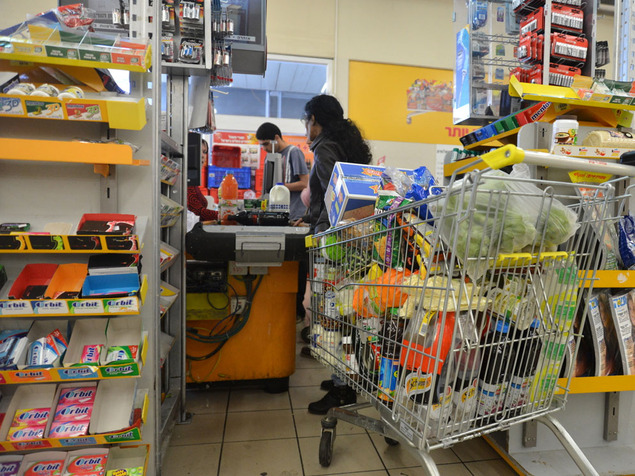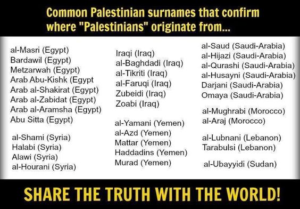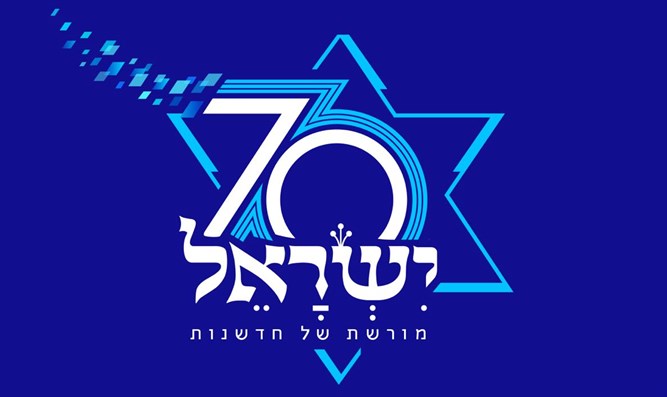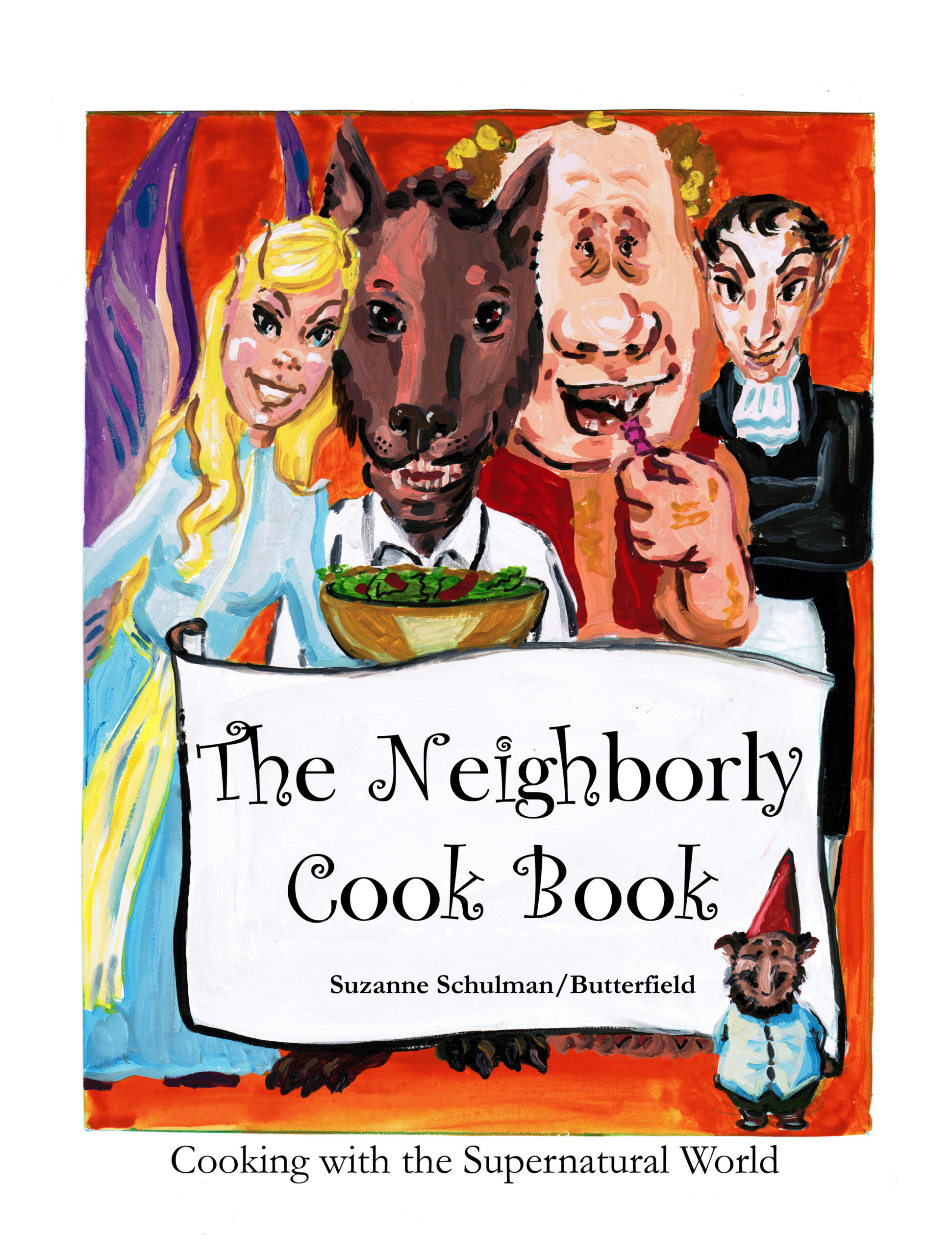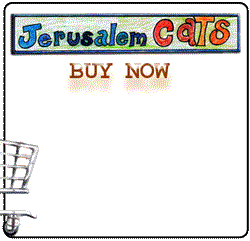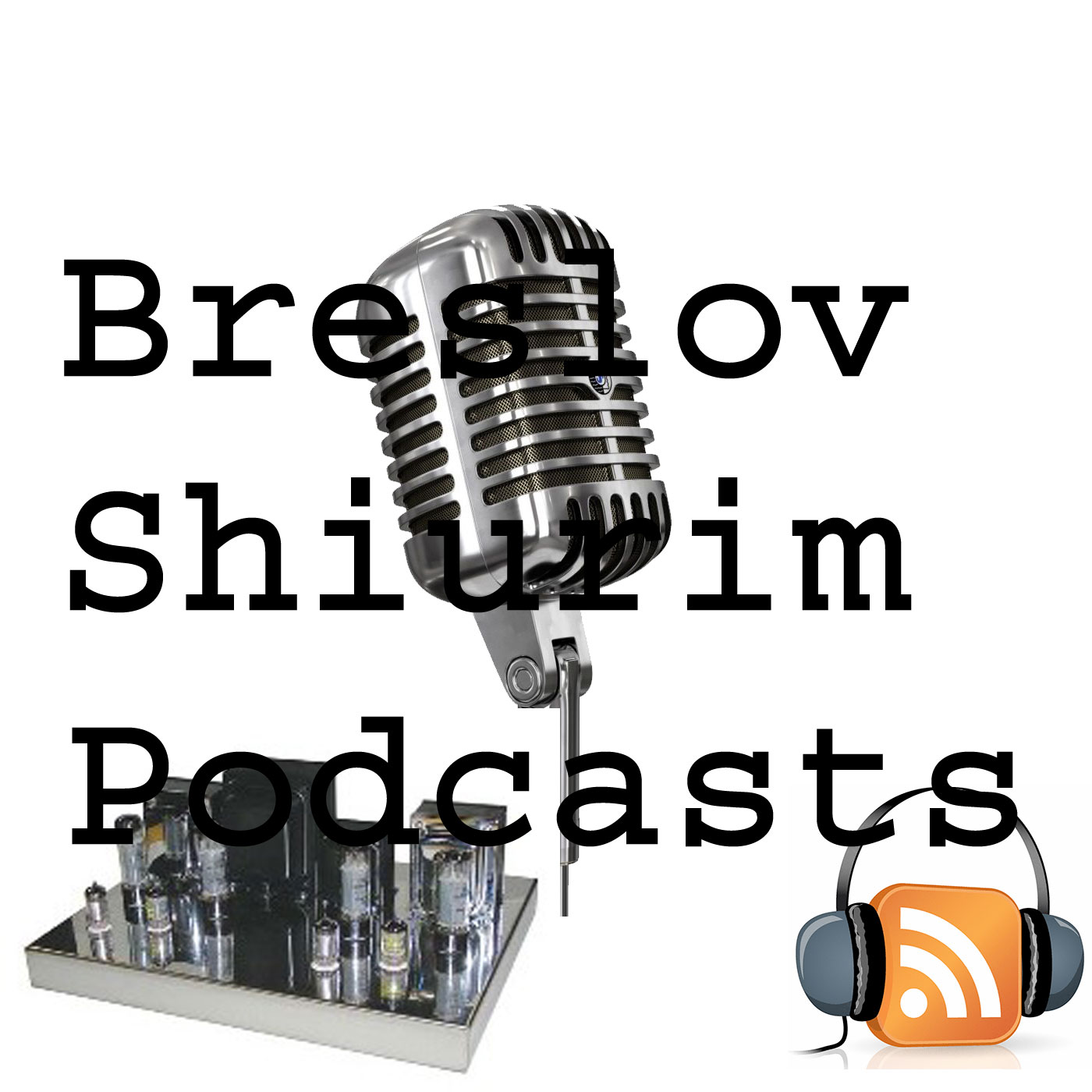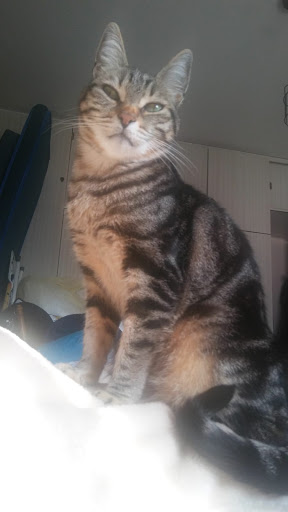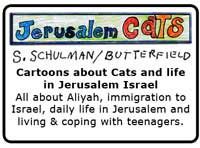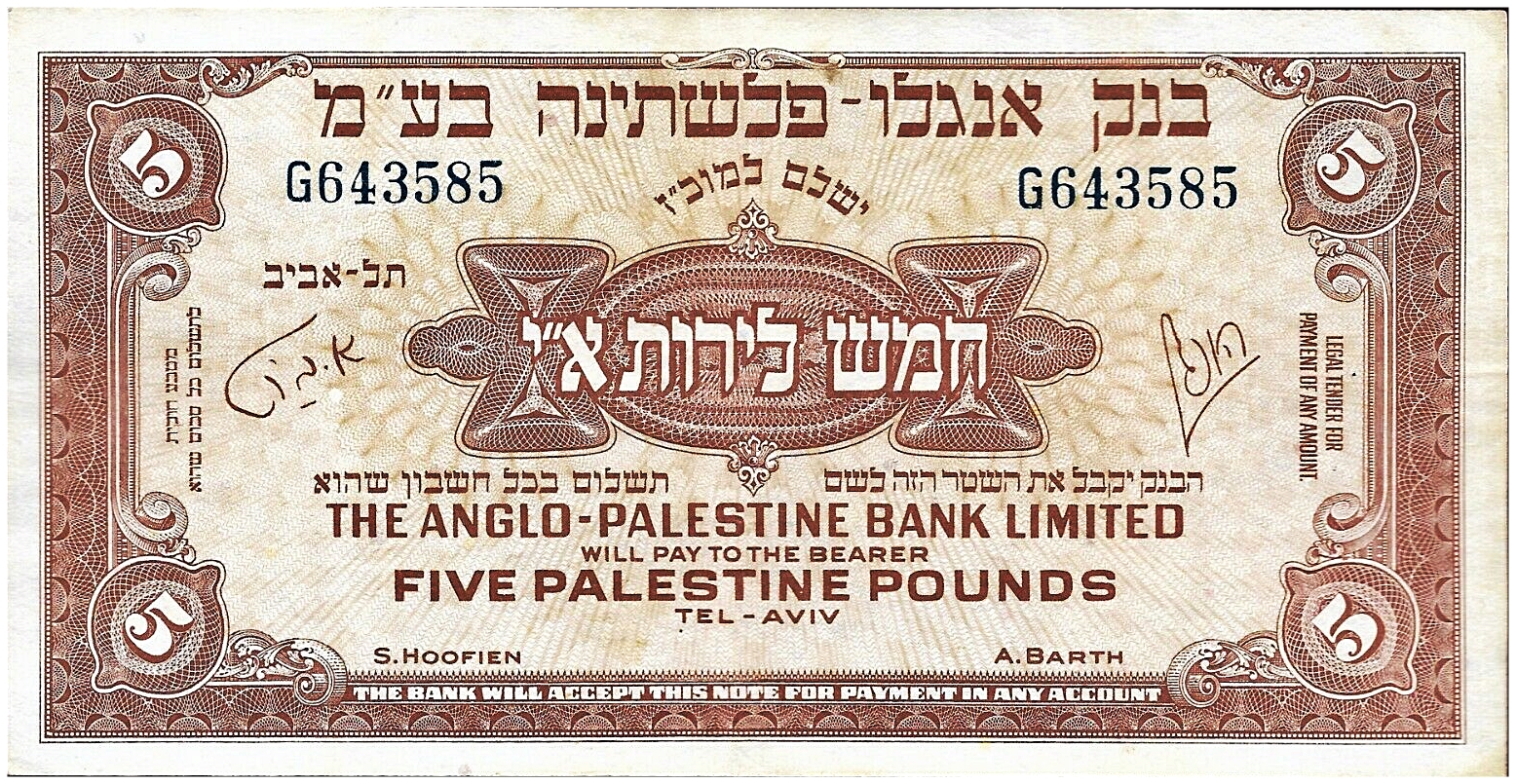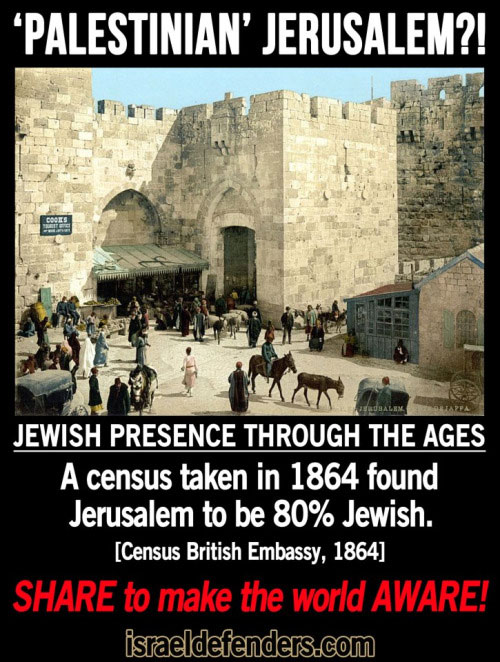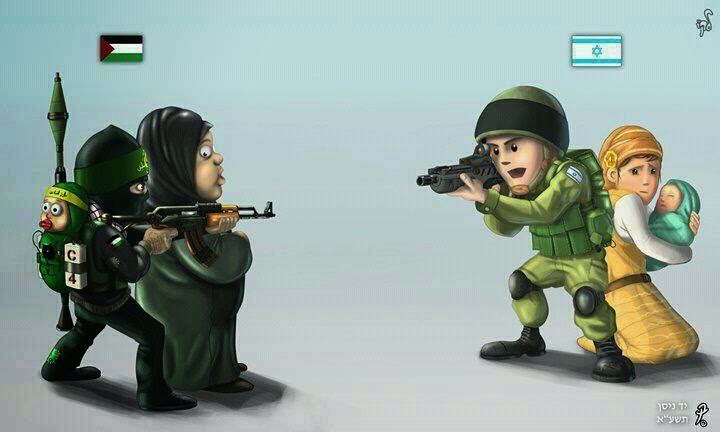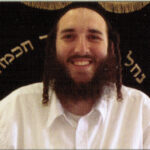
The best way to learn to keep Yom Tov is to spend it with a family that knows what it’s doing and does it right. But here are some of the most common situations and halachot:
Electric Appliances
Creating an electric circuit is prohibited, just as on Shabbat, so we do not turn on or off light switches or electric appliances.
Driving
Driving a motor vehicle entails continuously creating new sparks—which are essentially new fires. As we learned earlier, creating a fire is forbidden on Yom Tov.
Lighting Candles
Since you mustn’t strike a match on Yom Tov, you’re going to need a pre-existing flame from which to light the Yom Tov candles on the second night. A gas stove or a 24-hour candle will do the job. If you forgot to prepare, perhaps you can find a neighbor who has a flame burning. Even if your neighbor is Jewish and lit the flame on Yom Tov, you are allowed to transfer fire from it and use it. Extinguishing a fire is not permitted on Yom Tov, so after you’ve lit the candles, let the match burn out on its own.
Carrying
As mentioned above, carrying from one domain to another, or through a public domain, is permitted for the sake of the Yom Tov. That means that when taking something out of your house, you need to think, “Do I need this for some acceptable purpose today?”
So, if the baby stroller has unnecessary items in its pockets, those have to be removed. Check your pockets, as well, for items you do not need that day.
Let’s say you’re leaving the house and not planning to come back until the nighttime. Can you carry the house key with you? Some rabbis say no, since you don’t need it that day.27 Others say that carrying the key is a necessity for that day, since otherwise you would not be able to leave the house locked.28
Preparing for Tomorrow
As we explained, any form of work that’s permitted is permitted only if you’re going to benefit from it that day. Even if you will need it that night, and that night is Yom Tov, you cannot do it today.
That applies to cooking, peeling vegetables or fruits, bringing something from one domain to another, or washing dishes. Even setting the table is not allowed, unless you plan to eat there that day. (If it’s a mess, and you are using that room, you can tidy it up, since that’s deemed beneficial for your enjoyment of the day.) On Yom Tov, today is for today, and tomorrow is tomorrow.
If the day after Yom Tov is Shabbat, then you must read our article on Eruv Tavshilin.
There are two exceptions to this rule:
If you’ve got a big pot of food ready to cook, or a kettle full of water to boil, you can put it all on the stove at once—even though it contains more than you need for today, and even though you’re planning to eat the rest tomorrow, as long as you actually serve at least some of it that day. What’s not permitted is to say out loud that you’re doing this to have food for tomorrow.29
Certain foods taste better when cooked in large amounts, such as meat and poultry. In these cases, you can cook more than you need today, since whatever is there benefits today’s food. Again, make sure to serve at least some of it that day. And don’t say aloud that you’re cooking this food for tomorrow.30
Dealing with Fire
You can make a fire larger, if needed, on Yom Tov. For example, you can add wood to a fire that’s heating your home, or turn up a gas stove to cook food.31
You cannot, however, extinguish a fire, or even diminish it, by removing fuel.32
Stovetops
In years gone by, gas stoves were lit from a pilot flame that was burning continuously. That made it permissible to turn on any of the elements, since it was being lit from a pre-existing flame. This is not the case with today’s stoves that rely on an electrically generated spark to ignite the flame. If you can turn on the gas on an element without that electric igniter clicking, then you could do so on Yom Tov and light the stove from a previously existing flame, such as a candle. Otherwise, you’ll have to leave it burning from before Yom Tov.
Once the flame is burning, you can turn it up to cook your food. What if you want to lower the flame on a gas stove to prevent the food from burning, or to allow it to cook properly? This is a matter of debate among halachic authorities. Most allow it, while others say that you should remove the food from the flame and place the food upon another burner. According to all opinions, you cannot turn the fire off on a gas stove.
What about an electric stove? A glowing electric element is treated as a fire, but with an added complication: a thermostat switches the electric current on and off to moderate the temperature of the coil. Although there’s an indicator light for most stovetops, that’s only telling you that the element is active—but there’s no indication of when the current is live and when it’s temporarily ceased.
That being so, once the element is glowing, and if there are no indicators on your stovetop panel that change when you adjust the temperature, most authorities permit turning it up if the cooking so demands. If the element is not glowing, don’t play with it—turning it higher so that it glows would be considered creating a fire. But once you’ve got that element bright and hot, turning the temperature down will most likely immediately switch off the electric current temporarily—and so, a no-go.
A neat solution to this problem is to have an electrician attach a set of indicator lights to your stovetop, to indicate when the current is on and when it is off for each element. (Note that this may void your warranty.) If the current is on, and the element is already glowing hot, you can turn the element up. If it’s off, you can turn the element down, but not off.
Induction cooktops are a whole other issue. These use electricity to create a magnetic field that will heat ferrous metal. You actually turn these on by placing a pot on them, and turn them off by removing one. Unfortunately, that means we can’t use them on Shabbat or Yom Tov.
Ovens
Unlike on Shabbat, causing a fire on Yom Tov is a rabbinical and not a biblical prohibition. Therefore, it’s prohibited only if we cause the fire directly. When you open the door of an oven and let in cold air, thereby triggering a thermostat to (possibly) get an element glowing, that’s an indirect cause (called grama), and therefore permissible.
On the other hand, if when you open the door of the oven a light goes on, then you’ve got a real problem—even on Yom Tov. The same applies if the oven element is set to turn off whenever the door is opened—as is the case with many ovens.
In the case of the light bulb, you can simply remember to unscrew that bulb before Yom Tov. The oven element will take a little more ingenuity. If you want to open the door of your oven on Yom Tov, make sure to buy one that does not have this issue. Or buy an oven with Sabbath Mode.
Many of the standard kitchen ovens today come with Sabbath Mode. On different ovens, this can mean somewhat different things. But one common feature of Sabbath Mode is the ability to switch off that auto-off feature of the oven’s element when the oven door is opened.
There are other features of Sabbath Mode. Most modern ovens are set to automatically turn off after twelve hours of continuous use. While this is generally a good idea, when you’re trying to keep your food hot for a 48-hour Yom Tov, it can be a real pain. In a Sabbath Mode oven, that feature can be temporary disabled.
There’s a controversial feature of Sabbath Mode designed to allow you to raise and lower the temperature in your oven over Yom Tov. Here’s how it works: Once in Sabbath Mode, nothing happens immediately upon pressing the buttons. Nothing changes in the display, and no other new electric circuits are made. At random intervals, the oven’s computer will look at whatever buttons might have been pressed and adjust the oven’s temperature accordingly. This renders any changes to be grama—indirect. Some halachic authorities are of the opinion that indirectly lowering the temperature of your oven is permissible on Yom Tov.
But a large number of major halachic authorities disagree. Furthermore, not all Sabbath Mode ovens are created equal, and may not comply the specifications of even those authorities who permit that feature. If you want to use this feature, best to discuss it with your local Orthodox rabbi, citing the brand and features of your Sabbath Mode oven. Even better if that rabbi is also an engineer.
Note that if you set your oven to timed bake, once it’s off—even if it’s programmed to turn on again later—it can no longer be used over that Yom Tov.
Hot Water
When you turn on the hot water tap, cold water enters a heating tank somewhere in your house or building, which effectively means that you are cooking water. On Shabbat, that’s not allowed. On Yom Tov, however, it is permissible use the hot water tap to wash dishes, hands, or any other part of the body. Nevertheless, bathing or showering the entire body in hot water remains off-limits. You can use the hot water, however, to bathe your baby on Yom Tov.
Squeezing Fruits
As mentioned above, squeezing fruits to extract their juice is prohibited on Yom Tov just as it is on Shabbat (see Food Preparation on Shabbat).
Muktzeh
Objects that may not be handled on Shabbat are called muktzeh. For example: pens, wallets, candlesticks and matches. The rules of muktzeh apply to Yom Tov as well—only that many objects serve a function that’s off-limits on Shabbat but perfectly okay on Yom Tov. So, for example, you can move your candlesticks from place to place on Yom Tov, even though you are not allowed to do so on Shabbat.


